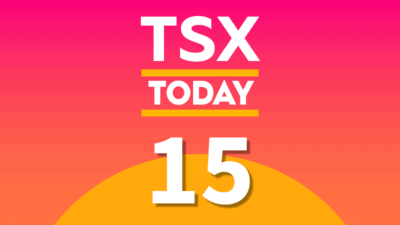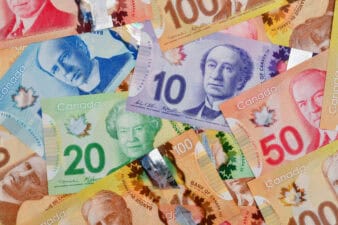In his monthly letter to shareholders, Peyto Exploration & Development Corporation (TSX: PEY) CEO Darren Gee made an interesting prediction about natural gas supply. He said the Americans will have a lot of trouble maintaining current production levels of 70 billion cubic feet per day (BCF/D). If he is right, then that bodes well for natural gas prices in the longer term.
Some rough math
Mr. Gee first assumes that U.S. shale gas production from existing wells will decline by 37% in 2014, the same decline rate that Peyto will face. He also assumes a gas price of $4.60, and operating margins of 55% for the industry. Given these numbers, the industry will need the same capital efficiency as Peyto just to keep total production at 70 BCF/D (if it spends all its profit on replacing its lost production).
But Peyto is easily the low-cost producer in Canada, and likely the most capital efficient as well. So it’s very unlikely that the Americans can keep up their current production levels.
Not so fast
The U.S. Energy Information Administration (EIA) is predicting that U.S. natural gas supply will slightly increase, by 2.5% in 2014 and another 1.1% in 2015. So what gives?
First of all, many energy companies spend more than their cash flow to grow production. Take energy giant Chesapeake Energy (NYSE: CHK) as an example. The company has traditionally spent more cash on capital expenditures than it generates from operations.
In the longer term, that 37% decline rate for shale gas may not be as steep. This is because new wells tend to decline faster than old ones. And as U.S. shale gas production has grown significantly, that means lots of new wells, and high decline rates. If the Americans were to just maintain their current production, the average well would get older every year. And the decline rates would be less severe, making production easier to replace.
For example, Chesapeake is projecting decline rates from its existing wells to be 30% in 2014, then 20%, 15%, 12%, and eventually 11% in 2018. Similar patterns exist across the industry.
Demand likely the key
The real catalyst for natural gas prices will likely be demand. In the short term, that’s determined mostly by the weather. But in the long run, the real catalyst will be LNG. And despite the numerous roadblocks to LNG exports in both the United States and Canada, the future still holds much promise.
This is because everywhere else in the world, there seems to be a natural gas shortage. Japan has been paying through the roof for LNG imports ever since shutting down its nuclear reactors in the wake of Fukashima. China is trying to decrease its use of coal power plants in an effort to slow down pollution. European countries are trying to decrease their dependence on Russian gas, something that will take a lot of time, effort, and sacrifice. All of these regions could use excess gas from North America.
Foolish bottom line
Mr. Gee will always make the best case he can for Peyto, but his insights should not be taken lightly. After all, it doesn’t matter how much gas the U.S. has if it costs too much to get it out of the ground. And as things stand, there are plenty of reasons that gas prices could get stronger over the long term. Investors should remain optimistic.








